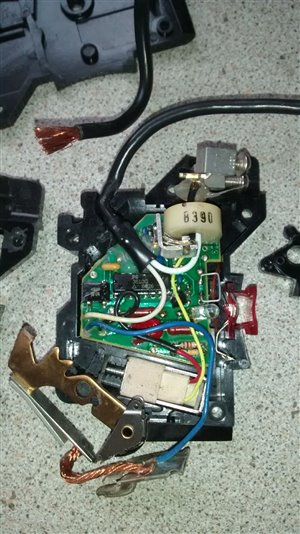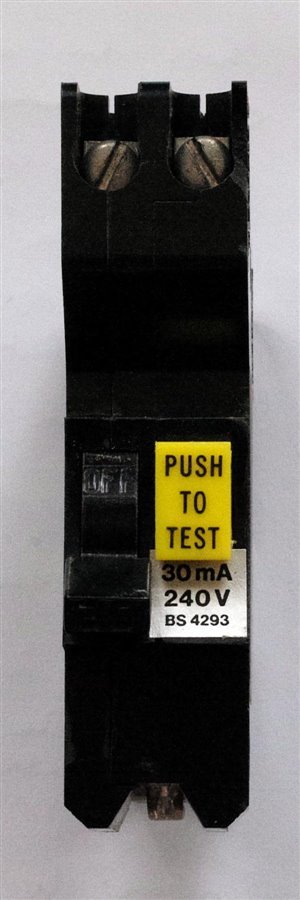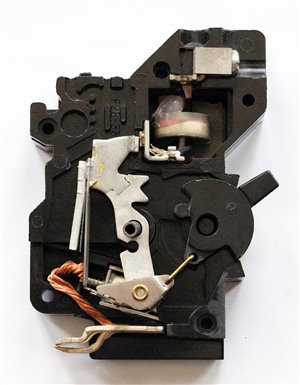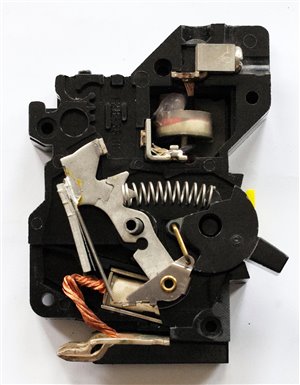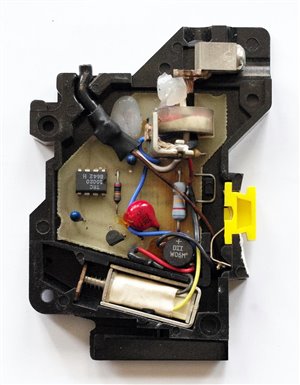Federal Electric 20A MCB. Had no type on it and was taking a long time to trip. Opened one up and discovered why it didn't have a type.
Others with it were ECC but virtually the same design. Only thermal. Both are plug in types called stab-lok and are bakerlite.
No instantaneous trip mechanism. Only a thermal one.



